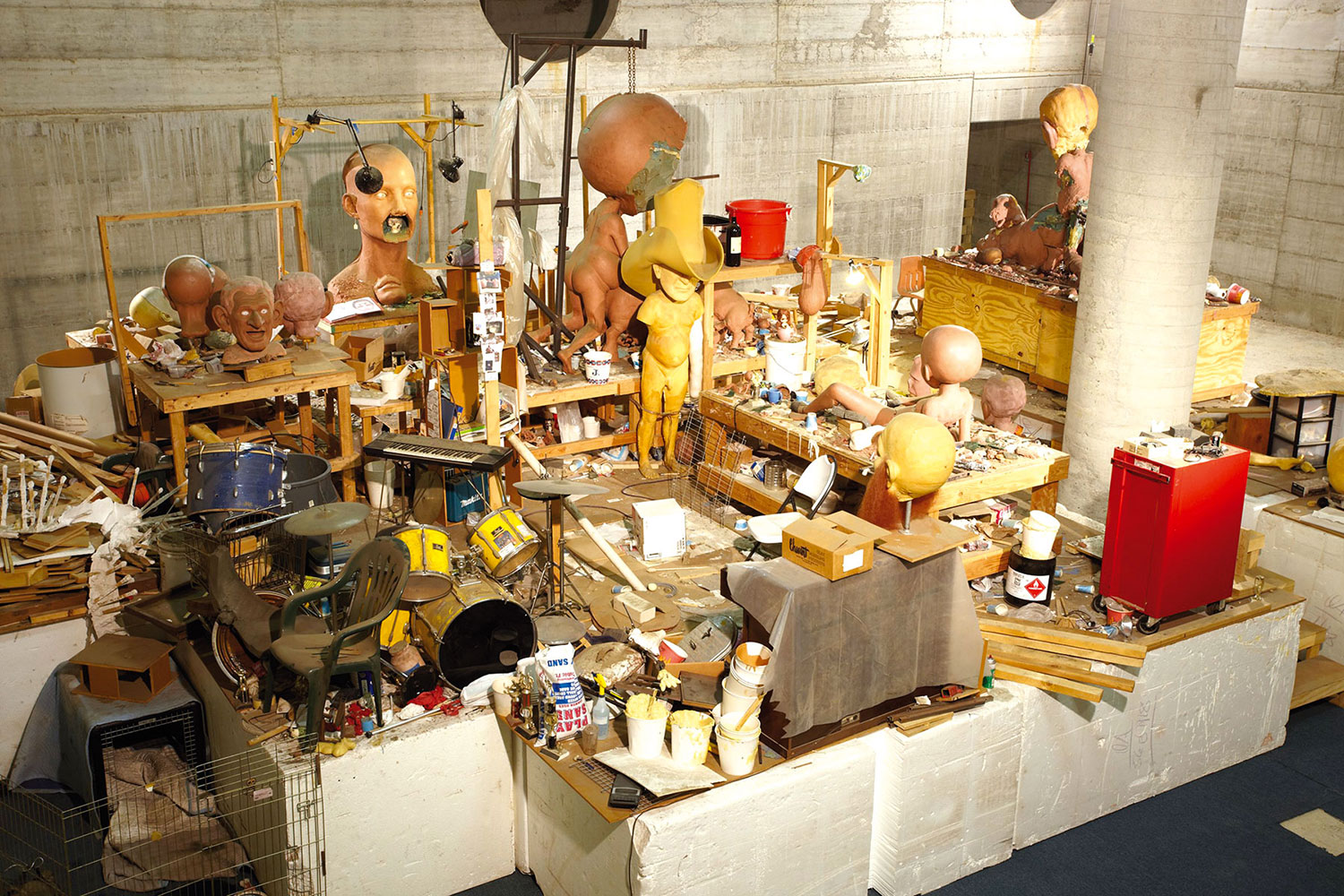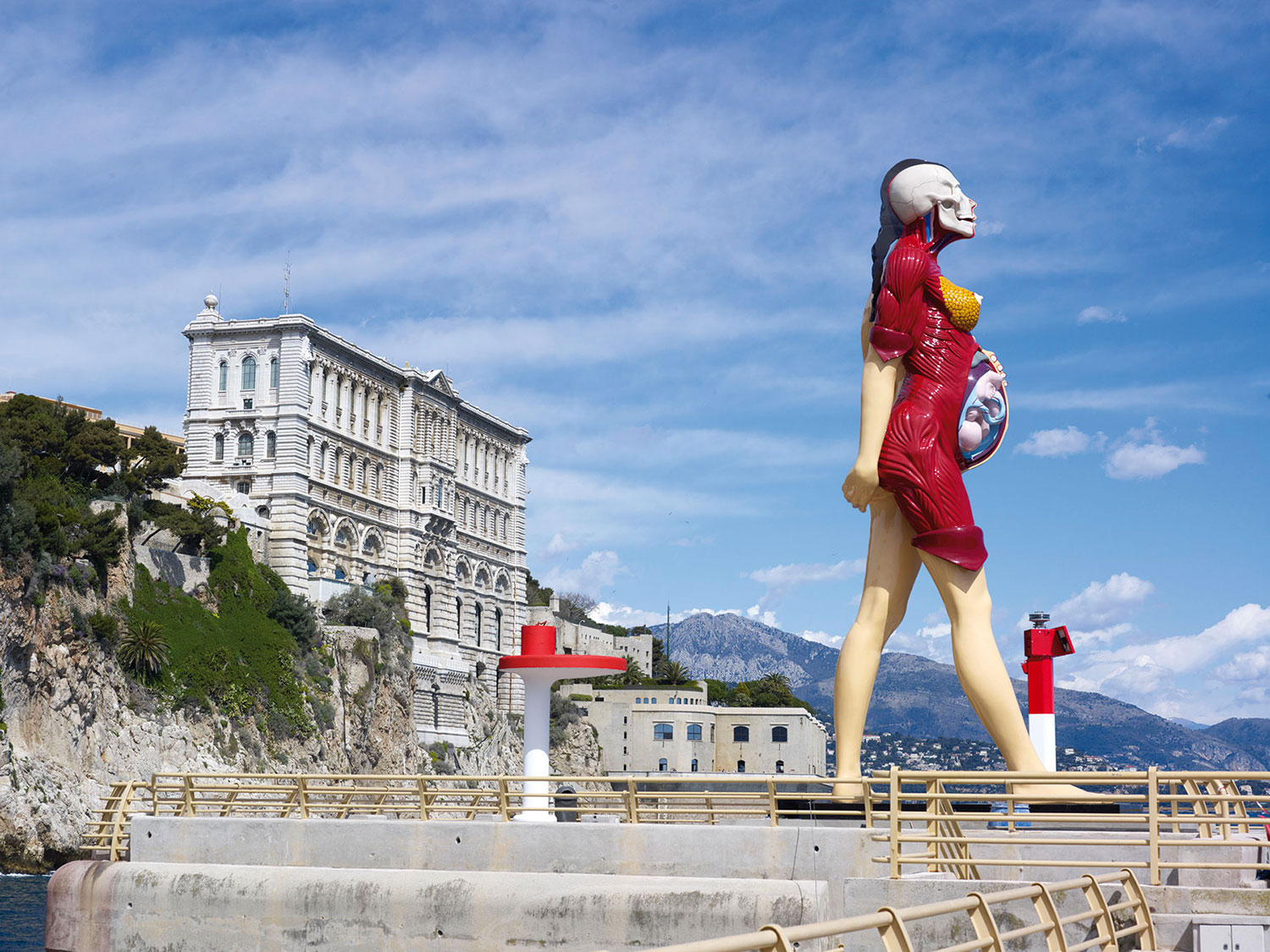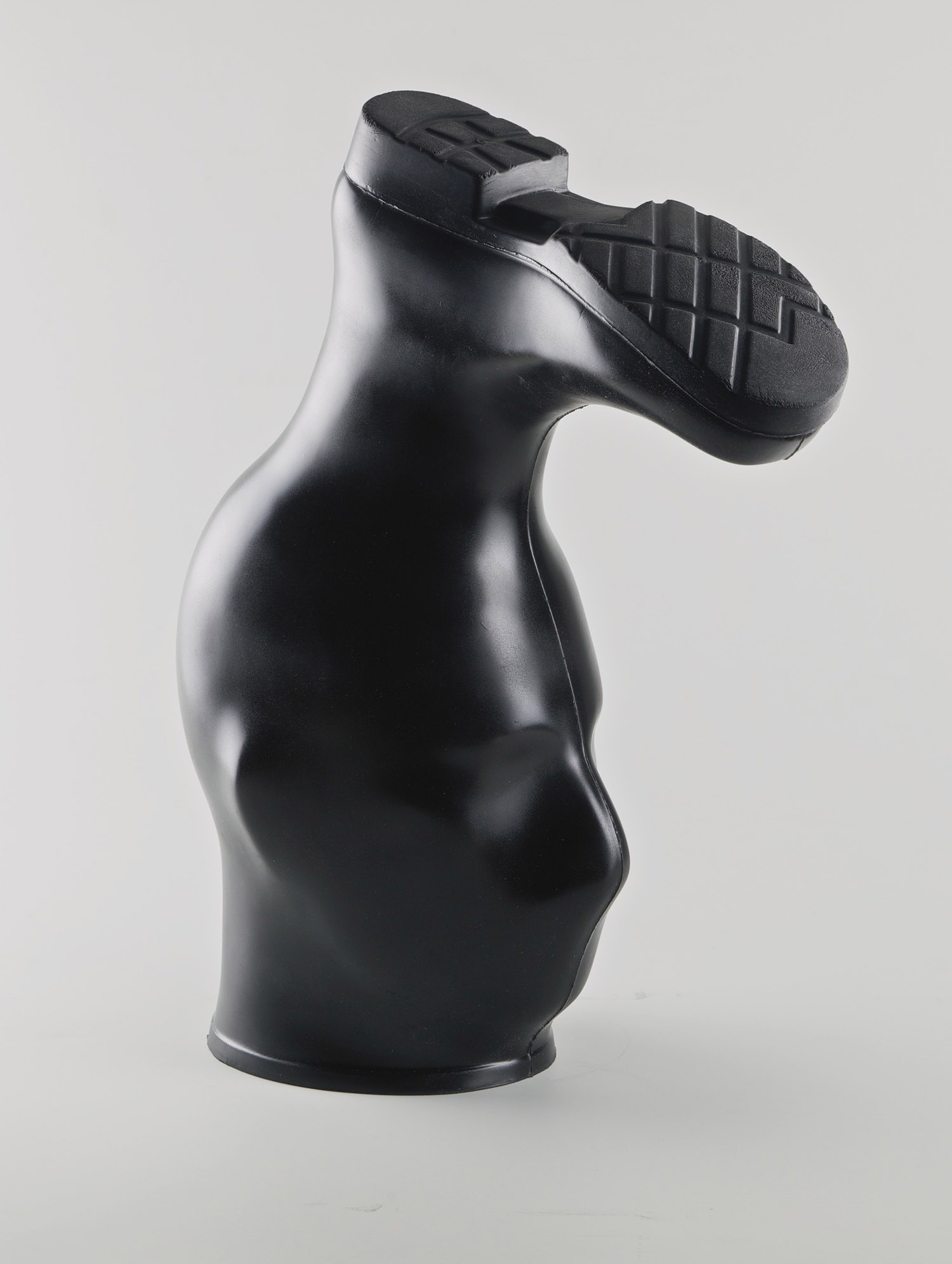
1) What kind of services do you offer to your clients?
2) Which clients do you most often work with? What are the kind of requests that drive your collaborations?
3) In general, did the current financial situation affect your roster of clients and your business?
4) How did you evolve after the advent of new forms of communication? What kind of strategies did you have to adopt?
Stacy Bolton Communication, New York
Stacy Bolton
1) Stacy Bolton Communications was founded in 2000. For ten years, we have provided visionary strategic plans, consulting on a wide range of communications needs, and media relations expertise for art and design projects based in the US, Europe and Asia. In addition to serving as an ‘off-site press office’ to our clients, we have provided counsel and implementation on branding, corporate sponsorship, events, audience development and cultural tourism.
2) We mostly work with arts organizations: museums, artist collectives and other non-profit associations dedicated to presenting high quality artworks around the world. We have also represented art galleries, art fairs, art schools and dance companies. More recently, we have intentionally expanded this niche to include a selection of non-profits operating more often within the realm of social services than the arts. We are usually solicited to help with special commissions or public installations, a major initiative (such as a new building or program area) or to respond to institutional requests for repositioning due to changes in leadership or programmatic vision.
3) Over the years, we have been fortunate enough to expand and retract our client roster primarily in response to personal interests and availability. While we have seen a reduction in the number of requests for proposals, changes in our client base were largely unrelated to the economy. While some non-profit clients have endowments that have not yet recovered to 2007 levels, most just feel that they have to work harder to make sales or mount exhibitions.
4) In order to serve an expanded client profile that includes non-profits not exclusively operating within the art world, and to design communications tools for our more mobile and tech-savvy world, we have had to radically update our arsenal of marketing strategies. With the advent of online and social media and the demise of so many longer-lead magazines, campaign timelines are often contracted and target audiences less differentiated. It has been a learning curve for us, but one that was fast-tracked by a client who competed with over 500,000 other non-profits in the Chase Community Giving Facebook Challenge to end up as a finalist, winning $62,000.
Fitz & Co, New York
Dan Tanzilli, Sara Fitzmaurice, Nicole Polletta
1) Fitz & Co’s area of expertise is international media relations, strategic positioning, audience development and special events.
2) Since 1995, Fitz & Co has been providing museums, corporations, art fairs and cultural organizations with strategic public relations counsel. In addition to our long-standing work as the US Office of Art Basel and Art Basel Miami Beach, we are currently working with the Parrish Art Museum’s new Herzog and de Meuron building, the New York City premiere of Antony Gormley’s Event Horizon presented by Madison Square Park Conservancy and Aspen Art Museum. Recently we implemented campaigns for MOCA Los Angeles’s 30th anniversary gala featuring a one-night performance by Francesco Vezzoli and Lady Gaga, and the Philip Johnson Glass House.
3 and 4) In the new economy, we have experienced an increase in accounts, especially in the non-profit sector. Clients recognize that, now more than ever, to keep visibility high and to hang on strategic message is even more important as the world has become more competitive. Clients expect a high level of service, with smaller budgets, something our agency has been able to deliver successfully. Clients look to us to help shape their use of new social networking platforms.

Susan Grant Lewin Associates, New York, Miami
Susan Grant Lewin
1) At SGLA, we have generated successful public relations campaigns for prestigious and globally recognized architects, designers, art galleries, art and design fairs, museums, products as well as other unique cultural projects and non-profits. We participate in the contemporary cultural dialogue, through our close ties with the journalists, curators and professionals that shape opinions about art, architecture and design. By emphasizing each client’s points of distinction, we target our efforts to reach key audiences and attain maximum results in curating an image that leaves a lasting and relevant impression.
2) SGLA’s reputation has brought many new opportunities and collaborations with clients including Art Miami, Depart Foundation, Friedman Benda, The Estate of Richard Pousette-Dart, New Art Dealers Alliance [NADA], Daniel Arsham as well as Michael Graves and Gwathmey Siegel & Associates Architects. Through integrated, synergistic campaigns and projects, we elevate our clients’ work beyond the merely commercial to a broader cultural context, as we help them build reputations and relationships.
3) SGLA is expert at creating awareness by placing stories in US and international architectural, art, business, cultural and lifestyle publications. The recent ‘decline of print’ has only strengthened our ability to reach a mass audience with nearly immediate results. We are media driven and offer additional expertise in event planning and in identifying appropriate branding and networking opportunities for our clients.
4) The economic downturn caused several of our clients to re-evaluate their PR budgets with some opting for reduced services or moving to a project basis. In the meantime, this gave us leeway to take on more experimental and smaller projects. Interestingly enough, those times are seemingly behind us, and we have recently experienced a surge in architecture and art-related clients.
Red Art Projects, New York
Maureen Sullivan
1) I have worked in the US and internationally with artists and art organizations providing strategic planning, marketing, communications, limited edition and event production for over 15 years. I approach projects holistically — clarifying the client’s goals, identifying strengths and opportunities, initiating strategic and creative campaigns and bringing together my network of art writers, curators, collectors and artists to the project. I’m not a believer in all press is good press; I strive to connect the artists with the type of writers who will engage in the work and thoughtful dialogue. I started my career producing events and limited editions for the New Museum of Contemporary Art, and then created their first marketing department. Since then I’ve continued to offer this full range of services for a variety of clients. Being able to understand the organization’s big picture and how marketing, PR and fundraising goals intersect is extremely valuable in this environment. My approach is known to be strategic and focused but also extremely creative — that’s probably a survival technique to keep me interested. Producing events I’ve inserted memorable elements such as John Waters being the MC, Jeff Koons’ ice sculptures and Thurston Moore and Kim Gordon serenading Dan Graham.
2) My passion and interest has been working with contemporary art museums, non-profit organizations and public art. This naturally extends to the fields of film and architecture. I look for integrity and have a no-flake policy. I have to be able to believe in the people and the projects I attach my reputation to and build on the trust I’ve developed with writers and editors. I’m excited to work with artists on their major dream projects around the world, collaborate with museums for special projects and help social causes that I’m committed to.
3) I’ve been lucky or maybe I’m not greedy enough! I have a great network of people who refer projects to me, and because I’ve made the decision to work in an immersive way with clients on major projects, I can only focus on two to three projects at a time. The unpredictable funding climate means that commitments and announcements are being delayed, and that affects long-lead outreach. With less magazines in print, there is more competition for fewer pages.
4) Because we’re all on information overload and receiving our information on smaller and smaller devices, I’ve found it essential to deliver communications that are clear, compelling and concise. As in social conversations, you introduce an idea to see if it’s of interest, then you can go more in-depth once the door’s open.

Reiber+Partners Ltd., London
Danièle Reiber
1) 70% of our PR activities focus on delivering outstanding international press services designed to promote major cultural projects and institutions. Press exposure is generated across a number of sectors including arts & culture, consumer, lifestyle, business, design and leisure. The rest of our activities focus on delivering larger communication strategies (including marketing alliances in some cases) designed to support our clients’ needs for a stronger identity and clearer profile.
2) Generally clients call on our expertise for international profile and visibility. We enjoy a fantastic reputation, being continuously recommended by one prestigious institution to another in London and abroad (Paris, Istanbul, Moscow, etc.). We believe we are uniquely positioned in London to deliver this level of international press services. Beside the consistent quality of our delivery, our clients strongly value our boutique and highly personal approach, and the fact that we are all multilingual gives us privileged access to a large number of foreign journalists. Being foreigners ourselves in the UK does help our profile!
3 and 4) Not at all. We became more successful with the recession. Bigger and more expensive corporate PR companies lost some of their clients who could no longer afford them. Interestingly, these clients have come to realize they have over-spent on these huge PR companies for years. The boutique approach does work very well and responds to the way people think today in the middle of a recession. There is a great opportunity for smaller PR companies to thrive.
Blake Zidell & Associates, New York
Blake Zidell
1) Publicity, so I help them get editorial coverage in print and online media, public radio and television shows.
2) I tend to represent New York-based artists, arts institutions and companies. My focus and contacts are very interdisciplinary, and I am uniquely suited to artists and organizations working in several fields at once.
3) Absolutely. It diminished many clients’ budgets, but many have recovered already.
4) We used to snail mail and press release. Ha! Now I hand-pick an e-mailing list when I send out press releases. I also find that it is crucial to have ‘assets’ to offer online magazines and blogs: things like videos, MP3s and exclusive content.





